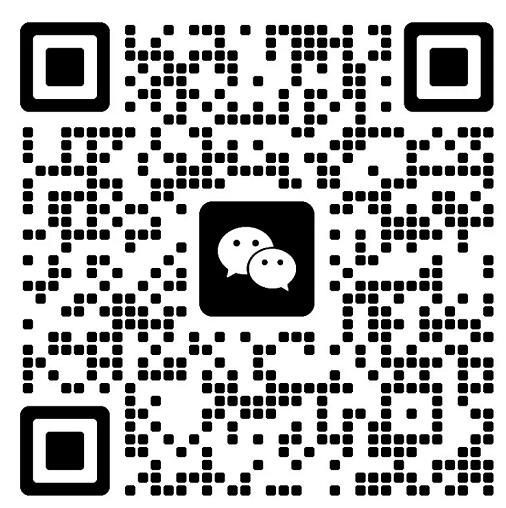招生咨询08:00-24:00

微信公众号

咨询老师
Chapter 1.Language, Culture and Thought.
(Language, culture and thought interact, each influencing and shaping the others.)
1.Properties of Language(systematic[it is rule governed ]+arbitrary[no logical relationship between words and the objects, actions and concepts these words are used to refer to; onomatopoeic words and compounds are not arbitrary ]+symbolic[language express are symbols]+vocal+ uniquely human +for communication[it is the primary function of language]+ understand and describe the world+ carrier and container of cultural information)
2.Definitions and properties of culture
Definitions of culture(can be defined as attributes of man or lifeway of a population)
Culture in its broad sense(it is the attributes of man. 1.marterials man has got to satisfy his needs; 2. social institutions and organizations man has established; 3. knowledge about nature and man himself and artistic development; language and other communication systes; 5. customs, habits and behavioural patterns; 6. value systems, world views, national traits, aesthetic standards and thinking patterns. Culture in its broad sense is also called “large C culture” or “academic culture”)
Culture in its narrow sense( is called “small c culture” or “”anthropological culture, includes knowledge, belief, art, morals, law, customs and other capabilities and habits acquired by man as a member of a society)
Properties of culture(culture is human specific; culture is a social phenomenon; culture is a national phenomenon; culture is also a historical phenomenon. Culture is general and abstract. )
odels for the analysis of culture(key question; [it is import to have key questions in mind when observing and studying culture. It help promote systematic observation.]; the thematic model; [he emphasizes three cultural elements: values, traits and world views.]; seven facets [a patterned activity; the appropriateness of such an activity; the particular subject, the doer, the object toward which the behaviour is directed, the recipient of the behavior; of the behavior; some means external to both the subject and object of the behaviour; the purpose of the activity; the result of the activity.] (一系列活动;活动的适当性;活动的详细主题,实行者;活动实行的外部手段;指导主体与客体,活动的目的;活动的结果。))
3.Relationship between language, culture and thought.
Relationship between language and thought (language is part of culture(knowledge, belief, art, morals, law, customs and other capabilities and habits.), language is the carrier and container of the culture.[human knowledge and experience are described and stored in language.]; as a mirror of culture language is strongly influenced and shaped by culture. Such as Eskimo’s snow world and camel to the Arab; language also exerts its influence on culture; language and culture is closely related, each influencing and shaping the other. A language can never be learned in a cultural vacuum and culture is learned through language)
Thought(thought is the function and product of the human brain; thought also refers to patterns of ideas characteristic of a social group.)
Relationship between language and thought(language is an instrument used in the communication of thought.[without language thought would have no form. And others believe that ideas can exist without language]; language is closely related to thinking; language represents thought, it is influenced and shaped by thought; language is used for conveying ideas, so its structure and function must reflect these ideas; language also exerts strong influence on thought.)
Concluding remarks on the relationship between language, thought and culture.
(1) relationship between language and culture
language is part of culture
language is the carrier and container of culture, as a mirror of culture, language is strongly influenced and shaped by culture.
Language also exerts its influence on culture, language and culture is closely related, each influencing and shaping the other.
(2) relationship between language and thought
language is on instrument used in the communication of thought.
Language is closely related to thinking
Since language represents thought, it is influenced and shaped by thought.
Language is used for conveying ideas, so its structure and function must reflect there ideas, language also exerts strong influence on thought.
4.intercultural communication(it is a branch of communication, it draws theories, concepts, and methods, cultural anthropology, journalism, philosophy, history, ethnography, and international relations. It is concerned with communication among the people from different cultural background.)
5.Exercise
本文标签:山东自考 文学类 2020年山东自考语言与文化考试重点一
转载请注明:文章转载自(http://www.zk.sd.cn)
⊙小编提示:添加【山东自考网】招生老师微信,即可了解2023年山东自考政策资讯、自考报名流程、准考证打印方法、成绩查询时间以及领取历年真题资料、个人专属备考方案等相关信息!

(添加“山东自考网”招生老师微信,在线咨询报名报考等相关问题)
《山东自考网》免责声明:
(一)由于考试政策等各方面情况的不断调整与变化,本网站所提供的考试信息仅供参考,请以省考试院及院校官方发布公布的正式信息为准。
(二)本站文章内容信息来源出处标注为其他平台的稿件均为转载稿,免费转载出于非商业性学习目的,版权归原作者所有。如您对内容、版权等问题存在异议请与本站联系,我们会及时进行处理解决,联系邮箱:812379481@qq.com。